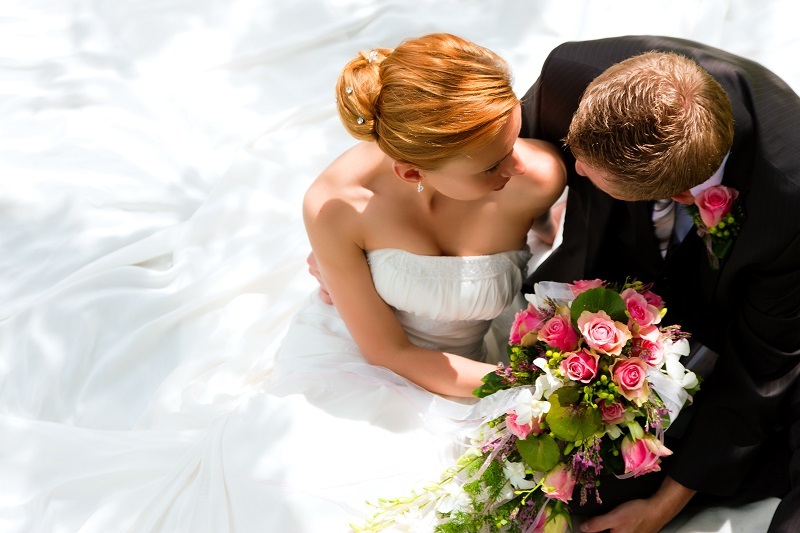The ABCs of Hyacinths: Caring for Your Beloved Blooms
Posted on 15/09/2024
Hyacinths are beloved springtime flowers that are known for their fragrant and beautiful blooms. These flowers are a favorite among gardeners and can also be used as cut flowers in bouquets and arrangements. If you're looking to add some colorful and sweet-smelling blooms to your garden, hyacinths are an excellent choice. However, caring for these delicate flowers requires a bit of knowledge and attention. In this article, we will delve into the ABCs of hyacinths and provide you with essential tips on how to care for your beloved blooms.
A is for Adequate Sunlight
Hyacinths thrive in full sunlight, so it's essential to plant them in a location that receives at least 6-8 hours of direct sunlight each day. Without enough sunlight, these flowers may not bloom to their full potential or could even fail to bloom altogether. Inadequate sunlight can also make the stems weak and cause the blooms to droop, resulting in an untidy appearance.

B is for Bulbs
The key to growing healthy hyacinths lies in properly planting the bulbs. It's best to plant them in autumn, around 3-5 inches deep and about 6-8 inches apart. The pointed end of the bulb should be facing upwards, and it's crucial not to overcrowd them when planting. Planting too close together can lead to competition for nutrients and result in smaller blooms. It's also essential to ensure that the soil is well-drained as overly moist conditions can cause the bulbs to rot.
C is for Consistent Watering
Hyacinths require consistent watering throughout their growth period, from fall until early summer when they go dormant. Make sure the soil remains moist but not soggy or waterlogged. Overwatering can cause root rot, while underwatering can lead to stunted growth and droopy blooms. It's best to water at the base of the plant, avoiding getting water on the leaves and blooms, as this can also cause damage.
D is for Deadheading
To prolong the blooming period of your hyacinths, it's essential to deadhead them regularly. This process involves removing spent flowers by cutting the stem just above the top leaf. Deadheading prevents energy from being wasted on seed production and redirects it towards growing healthy new blooms.

E is for Fertilization
Hyacinths benefit from a regular dose of fertilizer during their growing season. Use a balanced fertilizer once a month or apply a slow-release fertilizer at planting time. Be careful not to over-fertilize, as this can lead to excessive foliage growth at the expense of blooming.
F is for Frost Protection
If you live in an area with cold winters, it's crucial to protect your hyacinths from frost. Cover them with a layer of mulch or straw after the first frost to insulate them and prevent damage. You can also use frost blankets or burlap to cover them, but be sure to remove them during the day to allow sunlight and air circulation.
Tips:
- When purchasing hyacinth bulbs, choose large and firm ones without any signs of decay.
- Plant different varieties of hyacinths together for a stunning display of various colors and fragrances.
- Hyacinths can be grown in containers if you don't have space in your garden. Just make sure to use well-draining soil.
- Remove any yellowing or damaged leaves to promote airflow and prevent diseases.
Takeaways:
- Hyacinths require adequate sunlight, proper planting, consistent watering, deadheading, fertilization, and frost protection to thrive.
- Avoid overcrowding when planting bulbs and ensure well-drained soil.
- Regular deadheading and fertilization can prolong the blooming period.
- Protect your hyacinths from frost to prevent damage.
In conclusion, caring for hyacinths is not as complicated as it may seem. By following the ABCs of hyacinth care and following our tips, you can enjoy beautiful blooms and their sweet fragrance in your garden. With a little effort and attention, these beloved flowers will reward you with a stunning display year after year. So go ahead and add some hyacinths to your garden, and get ready to be amazed by their beauty and charm!
Pros:
- Hyacinths are easy to grow and require minimal maintenance.
- They come in a wide variety of colors, making them perfect for creating colorful displays.
- Their fragrant blooms make them ideal for cut flower arrangements.
- Hyacinths are deer-resistant, making them a great choice for gardens prone to deer damage.
Cons:
- Hyacinths have a short blooming period of 2-3 weeks.
- They can be toxic if ingested by pets or small children.
- Some varieties may be prone to diseases such as root rot or bulb mites.
Overall, the pros definitely outweigh the cons when it comes to growing hyacinths. With proper care, these beautiful flowers will continue to bring joy and beauty to your garden every spring. So don't hesitate to plant some hyacinths and experience the magic for yourself!









